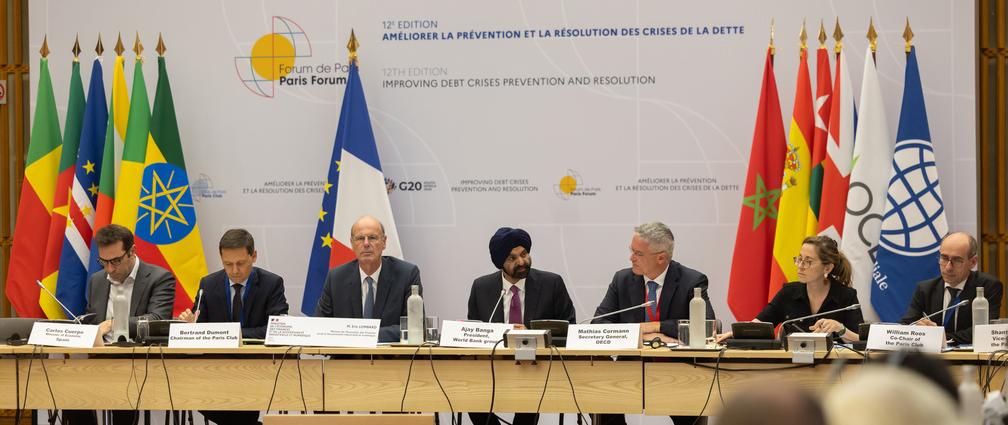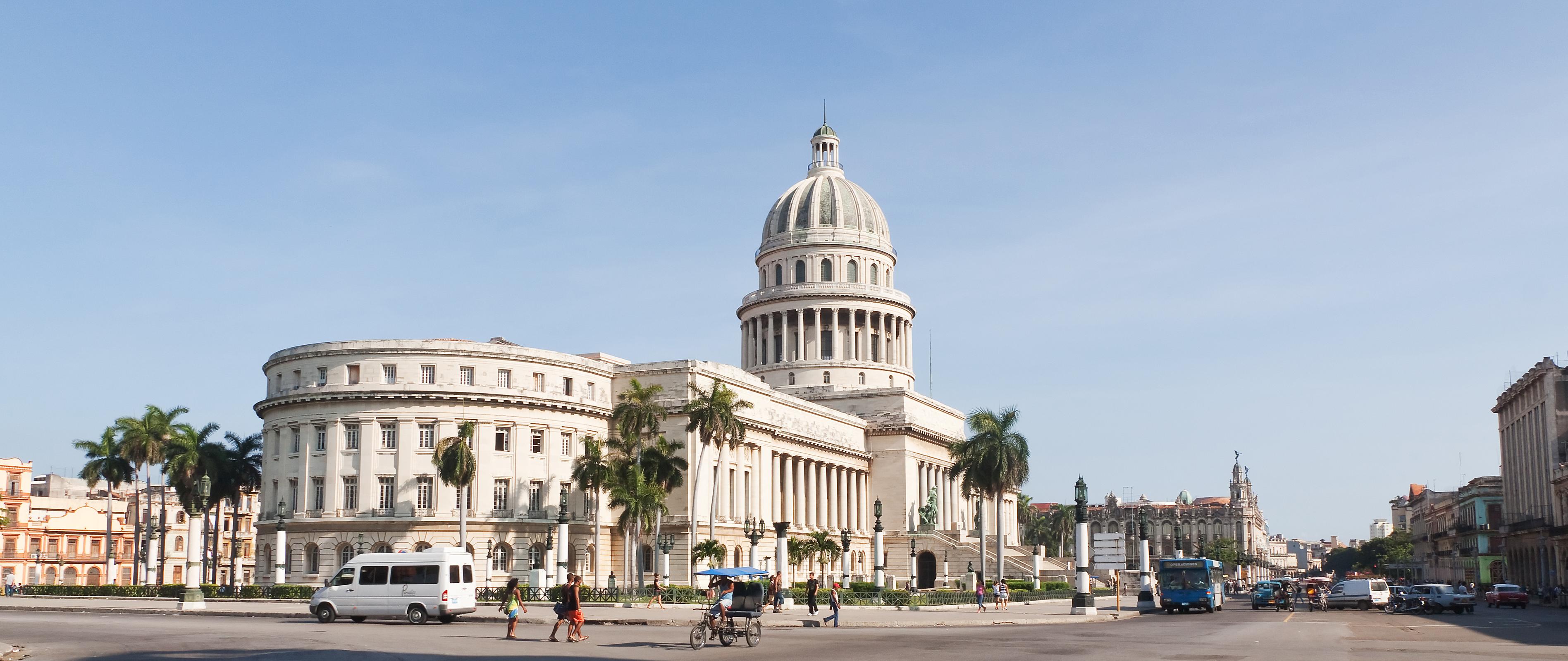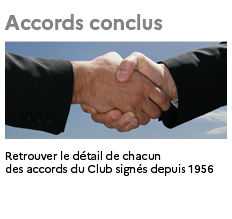Le Club de Paris est un groupe informel de créanciers publics dont le rôle est de trouver des solutions coordonnées et durables aux difficultés de paiement de pays endettés. Les créanciers du Club de Paris leur accordent un allègement de dette pour les aider à rétablir leur situation financière. Cet allègement de dette peut être obtenu par un rééchelonnement ou, en cas de traitements concessionnels, une réduction des obligations du service de dettes pendant une période définie (traitements de flux) ou une date fixée (traitements de stock).
L’origine du Club de Paris remonte en 1956 lorsque l'Argentine accepta de rencontrer ses créanciers publics à Paris. Depuis, le Club de Paris a conclu 484 accords avec 102 pays endettés. Depuis 1956, le montant total de la dette traitée par les accords du Club de Paris s'élève à 616 milliards de $.
Mieux connaître le Club en trois vidéos de trois minutes
- Le Club de Paris, ses principales missions et les principes selon lesquels il opère.
- Trois moments clefs dans l’histoire récente du Club, ou comment l’évolution du paysage de l’endettement souverain après la mise en œuvre de l’initiative Pays pauvres très endettés (PPTE) a conduit à la création du Cadre commun entre le Club de Paris et le G20 en 2020.
- Fonctionnement d’un traitement de dette négocié par le Club de Paris et mis en œuvre par les créanciers membres.
616 Md $
Montant de la dette traitée
484
Nombre total de traitements
102
Pays débiteurs
61
Pays "Termes Classiques"










